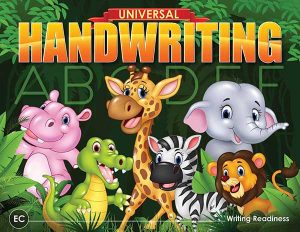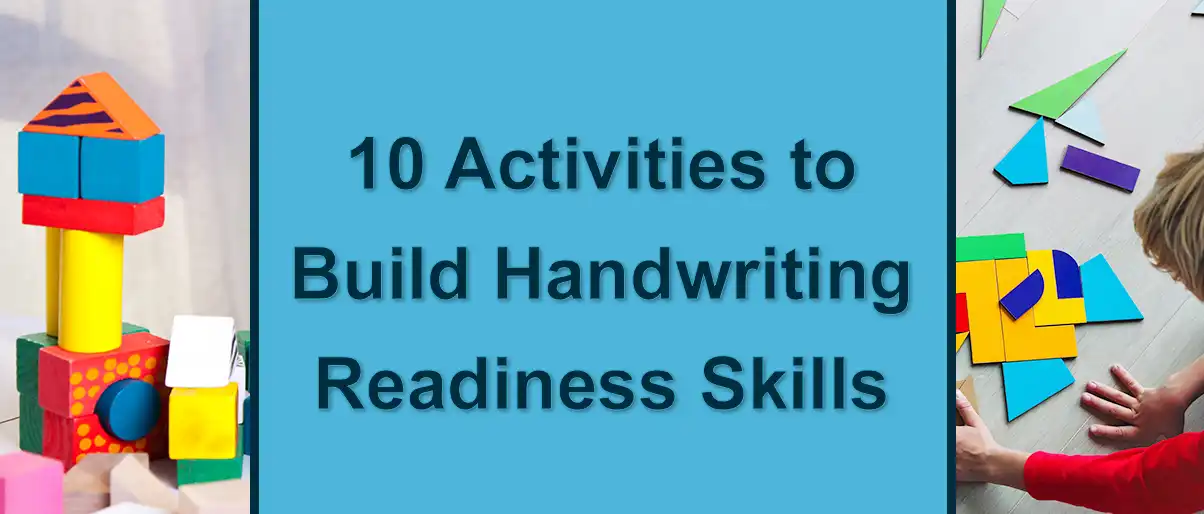
10 Activities to Build Handwriting Readiness Skills
Learning to write the letters of the alphabet is a rite of passage all young students experience. Writing by hand is one of the basic building blocks of education, a skill that students use to learn and communicate knowledge throughout their school years.
However, before students begin to learn how to write by hand, they need to have adequately developed handwriting readiness skills. What determines handwriting readiness, and what can educators do to prepare students for handwriting instruction?
Handwriting Readiness
There are several areas of development that indicate a child is ready for formal handwriting instruction, including:
- Sufficiently developed perceptual-motor skills (such as eye-hand coordination) so that students can properly write letters and stay within writing lines.
- Understanding of directionality (up, down, left, right, etc.), locatives (in, on, behind, etc.), and basic shape and size differences (big, small, tall, short, etc.).
- Ability to recognize basic strokes (circles and horizontal, vertical, and diagonal lines), letters (uppercase and lowercase), and numerals.
It’s important for students to be developmentally ready to learn to write by hand; teaching handwriting too soon can cause students to struggle for years to come.
Teachers can encourage the development of their students’ handwriting readiness skills with activities like the ones listed below.
10 Activities to Build Handwriting Readiness Skills
1. Mazes.
Completing a maze requires students to follow a path and frequently change the direction of their line. This activity builds eye-hand coordination and fine-motor skills, which prepare students to accurately write the basic strokes of letters.
2. Tracing.
Tracing provides a guide for students to follow as they learn how to correctly form the basic strokes and letters. Writing directly over a basic stroke or letter model helps students get the feel of how it’s formed and reinforces their understanding of directionality. (But remember to make sure students have a thorough understanding of those basic strokes before beginning letter instruction!)
3. Blocks.
Stacking blocks builds eye-hand coordination, visual-motor skills, and spatial awareness – skills that are essential to successfully write by hand!

4. Matching.
Matching activities reinforce visual discrimination skills, visual memory, and concentration. To boost letter recognition, try matching letters. Students can find the same letter or match uppercase to lowercase letters.
5. Puzzles.
Puzzles help to build a variety of writing readiness skills, such as eye-hand coordination, visual discrimination, shape recognition, problem-solving, and fine-motor skills.
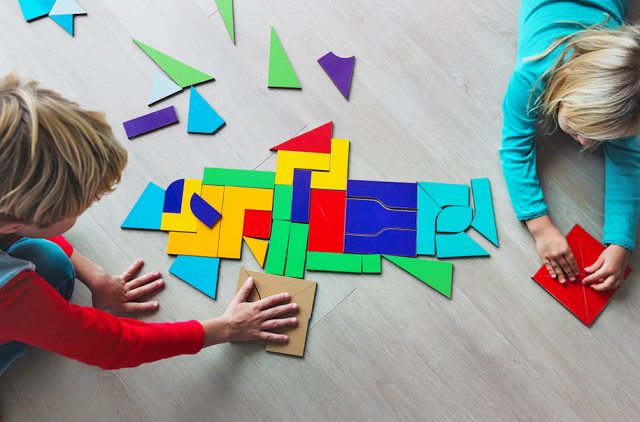
6. Molding Clay & Playdough
Working with clay and playdough is wonderful for building hand and finger strength. This is important for preventing hand fatigue from writing, and it also helps students achieve a proper pencil grip. This activity can also be used to reinforce shape and letter recognition – just ask students to form a specific shape or letter!
7. Counting & Sequencing
Counting and sequencing activities build students’ awareness of how things happen in a particular order. This is important for learning to write letters, as students will need to understand the order they should write the basic strokes to form a letter.
8. Cutting with Scissors
Cutting along lines builds hand strength and fine-motor skills, not to mention patience and concentration! Offer students a variety of patterns to cut out, such as zigzag lines, wavy lines, circles, squares, and other shapes.
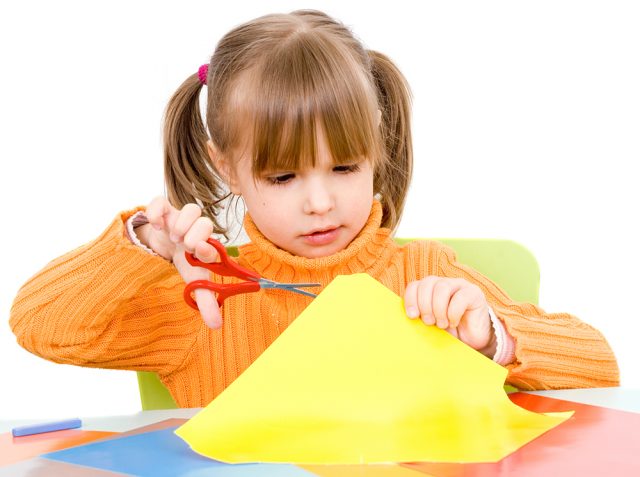
9. Drawing
To children, drawing is as much a form of communication as writing. Drawing builds fine-motor skills and hand strength, helps children practice using a writing instrument, and provides an opportunity to convey a “written” message.
10. Coloring
Kids love to color, and it’s a wonderful way to develop control of a writing instrument. As students get better at staying inside the lines, try challenging them with more intricate designs to color.
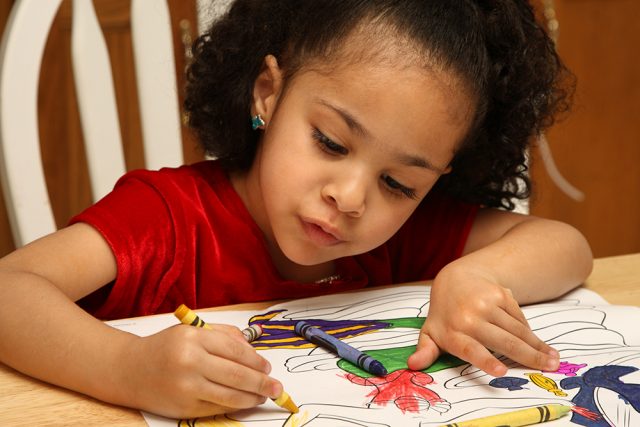
Writing readiness skills are so important for successful handwriting development! If students begin formal handwriting instruction before they are ready, they are more likely to develop bad handwriting habits and become frustrated with writing.
Activities such as the ones listed above will help students build those essential skills, so that when formal handwriting instruction begins, they are developmentally ready and set up for success!
To build writing readiness skills and evaluate whether your students have the skills necessary to start writing letters, try our Universal Handwriting: Writing Readiness book (also available in Spanish!). This workbook includes a variety of carefully selected activities to prepare your students for successful handwriting instruction.

